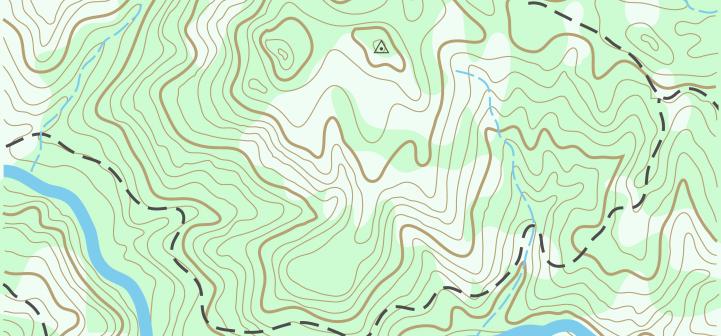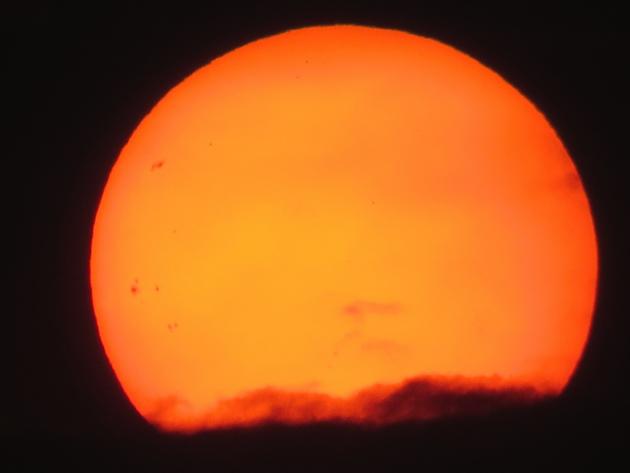You can use layer packages to share an individual dataset and its respective properties or individual datasets and their respective properties from ArcMap or ArcGIS Explorer (Build 1500 and newer) with other ArcMap or ArcGIS Explorer users. A layer package is created in ArcMap and contains the layer’s source data or layers’ source data and all the associated defined properties.
ArcGIS Explorer note: To have the full functionality described in this document, you must have ArcGIS Explorer version 1500 or …


 Classified tree canopy layer in the Virginia Urban Tree Canopy Mapper – http://www.utcmapper.frec.vt.edu
Classified tree canopy layer in the Virginia Urban Tree Canopy Mapper – http://www.utcmapper.frec.vt.edu